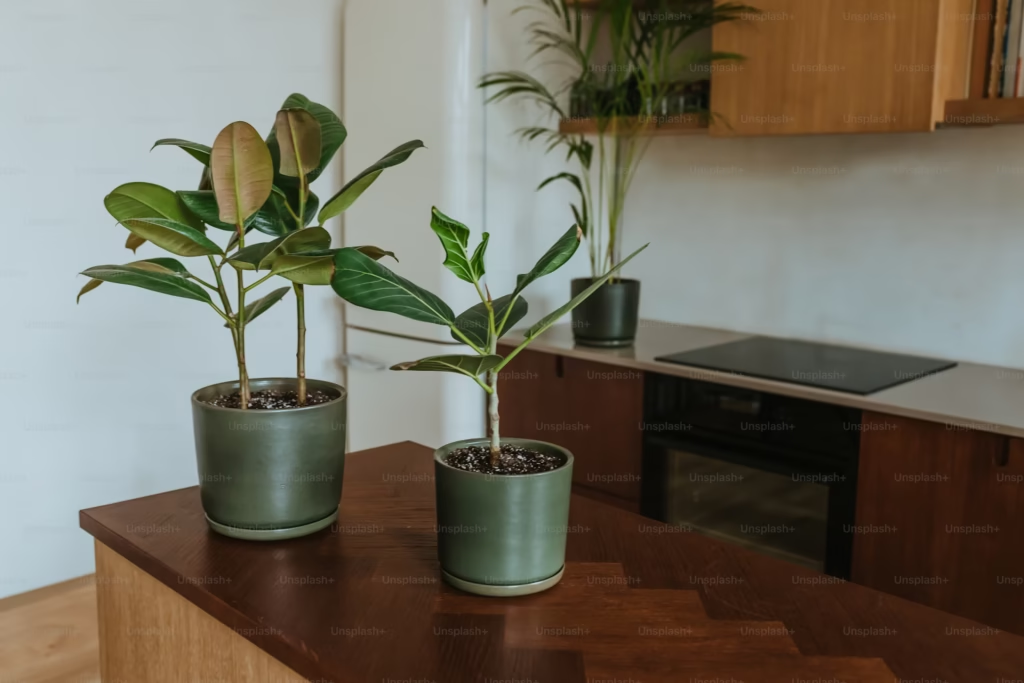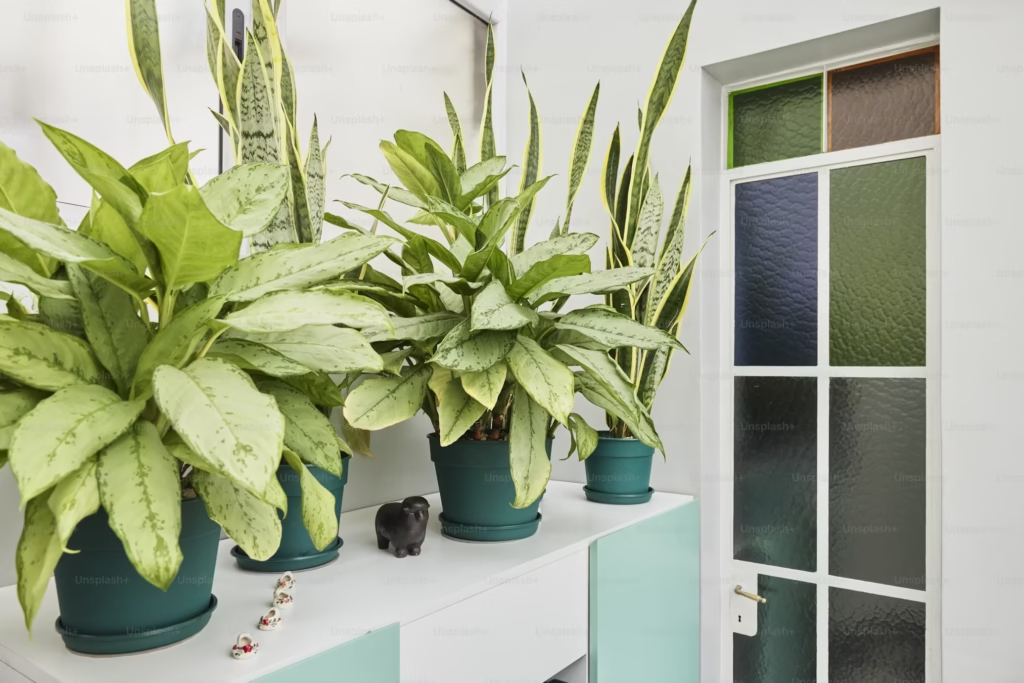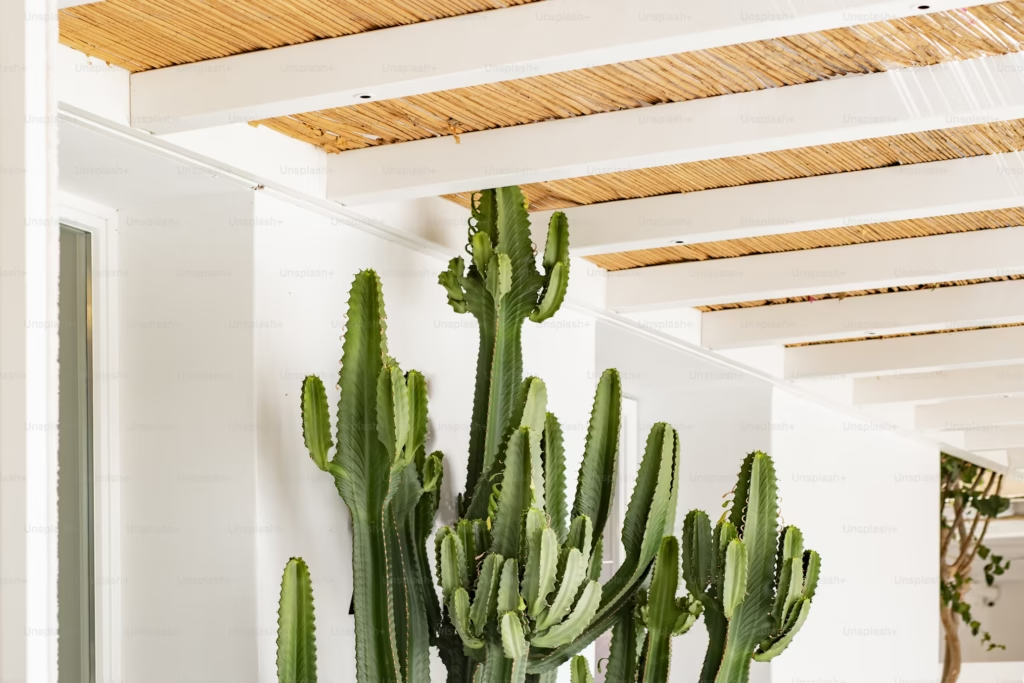
How to Create a Terrarium: A Step-by-Step Guide
Creating a terrarium is a fun and rewarding way to bring nature indoors. Whether you’re a plant enthusiast or just looking to add some greenery to your home, a terrarium is a perfect way to showcase plants in a small, controlled environment. This step-by-step guide will walk you through the process of making a beautiful and low-maintenance terrarium.
Materials You’ll Need:
- Glass Container: A clear glass container such as a jar, vase, fish tank, or any other clear vessel that suits your style. It’s important that the container is transparent so you can enjoy the beauty of the plants inside.
- Pebbles or Small Stones: These are used as drainage at the bottom of the container to prevent water from accumulating at the roots.
- Activated Charcoal: This helps with odor control and prevents mold from forming.
- Potting Soil: Use well-draining potting soil suitable for your choice of plants.
- Plants: Choose small plants that will thrive in a contained environment. Popular terrarium plants include ferns, moss, air plants, succulents, and small tropical plants.
- Decorative Elements: These can include small figurines, rocks, shells, or any other objects you wish to include for a personalized touch.
- Tools: Tweezers, small trowel, or chopsticks for arranging plants and soil in the container.
Step 1: Choose Your Container
The first step in creating your terrarium is to choose the right container. A glass jar, fishbowl, or even a vintage vase will work perfectly. Ensure the container has an open top or only a small opening to allow air circulation, which is essential for plant health. If you plan to keep a closed terrarium, be sure to monitor humidity levels closely.
Step 2: Add a Layer of Pebbles for Drainage
Start by placing a layer of pebbles or small stones at the bottom of the container. This layer will help with drainage, allowing excess water to escape and preventing the roots of the plants from sitting in water. Aim for a layer that’s about 1-2 inches deep, depending on the size of your container.
Step 3: Add Activated Charcoal
Next, add a thin layer of activated charcoal over the pebbles. Activated charcoal helps prevent odors and keeps the environment inside the terrarium fresh. It also helps to absorb excess moisture, preventing mold and bacteria growth. You’ll need only a small amount—about 1/2 inch—depending on the size of your container.
Step 4: Add Potting Soil
Now it’s time to add the potting soil. For most terrariums, a well-draining mix works best. Succulent and cactus terrariums benefit from a cactus or succulent-specific potting soil, while tropical plants do better with a more moisture-retentive mix. Add enough soil so that the roots of your plants can be comfortably planted, leaving about 1-2 inches of space at the top of the container.
Step 5: Choose and Arrange Your Plants
Select small plants that suit the light and humidity conditions inside the terrarium. Consider the growth habits of the plants you choose, as they should stay relatively small and thrive in a contained space. Here are some plant suggestions for your terrarium:
- Air Plants (Tillandsia): Great for open terrariums, as they don’t need soil to grow.
- Ferns: Ideal for humid, closed terrariums.
- Succulents: Best for dry, open terrariums with lots of sunlight.
- Moss: Adds a lush, green look to your terrarium and works well in humid environments.
- Small tropical plants: Such as small ivy or begonias.
Arranging Your Plants:
- Plan your layout before planting. Place taller plants in the back and shorter plants in the front for a balanced look.
- Use tweezers or chopsticks to help position plants if your container has a narrow opening.
- Gently remove the plants from their nursery pots and loosen the roots before placing them in the soil. Make sure the plants are not overcrowded, as they need space to grow.
Step 6: Add Decorative Touches
Once your plants are arranged, it’s time to add any decorative elements you’d like. You can include small figurines, decorative rocks, or shells to personalize your terrarium. These elements will add interest and character to your terrarium. Just be sure not to overcrowd the space, as it’s important for the plants to have enough room to grow.
Step 7: Water Your Terrarium
After planting your terrarium, it’s time to water it lightly. Be careful not to overwater, as this can lead to root rot. A good rule of thumb is to keep the soil moist but not soggy. If you have a closed terrarium, the humidity will help keep the plants hydrated, so you may not need to water as frequently.
Step 8: Place Your Terrarium in the Right Location
Location is key to a thriving terrarium. Place your terrarium in a spot that receives indirect light, as direct sunlight can cause the plants to overheat and dry out. A bright windowsill with filtered light or a place with ambient light works best. Be sure to keep an eye on the plants to ensure they’re not getting too much sun or too little light.
Step 9: Maintain Your Terrarium
Caring for a terrarium is relatively simple. Here are some maintenance tips:
- Watering: Check the moisture level regularly. Water lightly when the soil feels dry to the touch, but avoid overwatering.
- Pruning: As plants grow, trim them back to keep the terrarium looking neat. Remove any dead or dying leaves to prevent mold and decay.
- Cleaning: Keep the glass clean to maintain visibility and aesthetic appeal. Wipe the inside of the container with a damp cloth or use a soft brush to remove dust and debris.
Step 10: Enjoy Your Beautiful Creation
Once your terrarium is complete and well-maintained, sit back and enjoy the beauty of your miniature indoor garden. Not only is it a stunning decor piece, but it also offers a touch of nature indoors, which can have a calming and therapeutic effect.
Conclusion
Creating a terrarium is an enjoyable and creative way to grow plants in a contained, low-maintenance environment. With the right materials, a bit of planning, and some care, you can create a beautiful indoor garden that will thrive year-round. Whether you choose a succulent terrarium or a lush, tropical one, your terrarium will add beauty and tranquility to any space.



